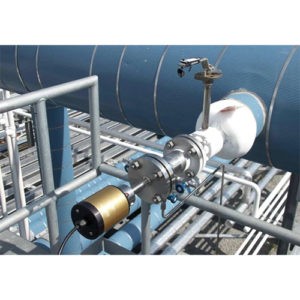
Liquefied natural gas (LNG) presents a safe way to move natural gas long distances when pipeline transport is not feasible. Large-scale LNG distribution has already been successfully implemented world-wide, enhancing energy security. On the other hand, an expansion of small-scale LNG infrastructure holds a great potential for cost effective fuel for the industry. Moreover, the small-scale LNG activities are expected to continue growing over the years, so that further research is needed in order to ensure a safe deployment of this technology. Related to this, GERG has been an active member of a project focused on the safety implications of LNG dispersion from small-scale LNG infrastructure in the “Small-scale LNG release tests and model improvements” project – Consult the link below.
Yet, it is important to assess the consequences of an accidental LNG release and mitigate the hazards close to public small-scale LNG applications. With the aim of improving the accuracy of risk assessments for both authorities and the public the project Sparcling was launched – See link below
The safe, efficient and sustainable use of LNG is one of GERG research priorities. To ensure this, GERG counts with a network of experts in the field that work together in the LNG GERG working group.
Check these links for more information about more projects related to LNG in which GERG is working on: